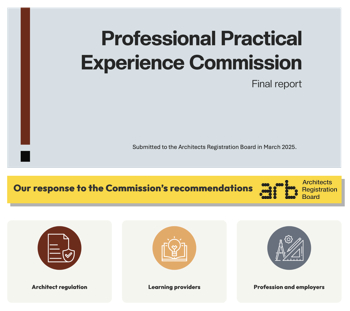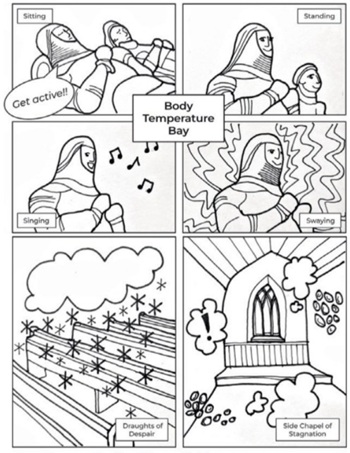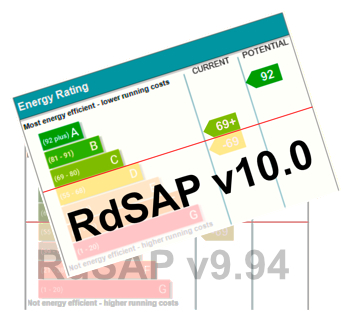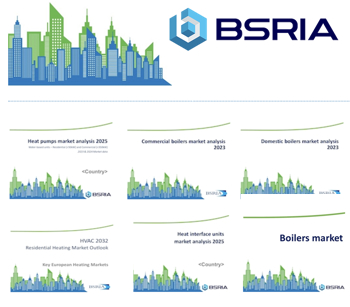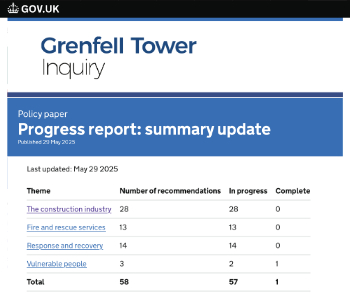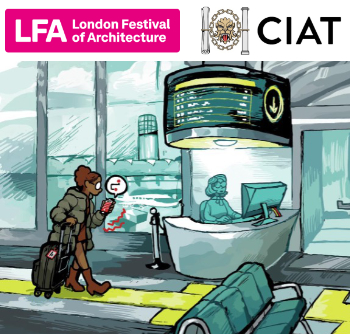Habitats regulations assessment
Contents |
[edit] Overview
Habitats and species that are vulnerable, rare or threatened are protected by the European Union Habitats Directive. The Habitats Directive’s aim is to conserve habitats and wild species across Europe through the establishment of a network of sites which are known as the Natura 2000 sites.
Natura 2000 sites include:
- Special protection areas (SPAs).
- Special areas of conservation (SACs).
- Ramsar sites.
In the UK, the Habitats Directive is implemented through the Conservation of Habitats and Species Regulations 2010 (the “Habitats Regulations”).
Under the Habitats Regulations, a habitats regulations assessment is required where a plan or project is likely to have a significant effect on a Natura 2000 site. Each project or plan must consider likely effects either on its own, or in combination with other plans or projects.
[edit] Outline of an Habitats Regulations Assessment
A habitats regulations assessment is a detailed, precautionary process that is based on the conservation objectives of a site’s qualifying interests (the reason the site was designated). The main purpose is to ensure that there are no adverse effects on the Natura 2000 site. A habitats regulations assessment must be detailed and well recorded throughout.
[edit] Stages
The process involves four stages:
- Stage 1: Screening – the initial process which identifies the likely impacts of a plan or project on a Natura 2000 site. It considers whether the impacts are likely to be significant.
- Stage 2: Appropriate Assessment – if the screening stage has determined that proposals are likely to have a significant adverse impact on a Natura 2000 site, a more detailed assessment is required. If adverse effects are identified, an assessment of mitigation options is undertaken to determine the effects on the integrity of the site. If the mitigation options cannot avoid adverse effects, consent will only be granted if the next stages are followed.
- Stage 3: Assessment of alternative solutions – alternative methods of achieving the objectives of the plan or project are considered that avoid adverse impacts on the site.
- Stage 4: Assessment where no alternative solutions exist and where adverse impacts remain – assessment to determine if the plan or project is required for imperative reasons of overriding public interest (IROPI) and, if so, the compensatory measures that are required to offset any impacts on the site.
[edit] Related articles on Designing Buildings Wiki.
- Areas of Outstanding Natural Beauty.
- Biodiversity offsetting.
- Designated sites.
- Forests.
- National nature reserves.
- National parks.
- Natura 2000 network.
- Nature Conservation Order NCO.
- Natural England.
- Protected species.
- Ramsar sites.
- Sites of community importance.
- Sites of Special Scientific Interest.
- Special Area of Conservation.
- Special Protection Areas.
[edit] External references
Featured articles and news
UCEM becomes the University of the Built Environment
Major milestone in its 106-year history, follows recent merger with London School of Architecture (LSE).
Professional practical experience for Architects in training
The long process to transform the nature of education and professional practical experience in the Architecture profession following recent reports.
A people-first approach to retrofit
Moving away from the destructive paradigm of fabric-first.
International Electrician Day, 10 June 2025
Celebrating the role of electrical engineers from André-Marie Amperè, today and for the future.
New guide for clients launched at Houses of Parliament
'There has never been a more important time for clients to step up and ...ask the right questions'
The impact of recycled slate tiles
Innovation across the decades.
EPC changes for existing buildings
Changes and their context as the new RdSAP methodology comes into use from 15 June.
Skills England publishes Sector skills needs assessments
Priority areas relating to the built environment highlighted and described in brief.
BSRIA HVAC Market Watch - May 2025 Edition
Heat Pump Market Outlook: Policy, Performance & Refrigerant Trends for 2025–2028.
Committing to EDI in construction with CIOB
Built Environment professional bodies deepen commitment to EDI with two new signatories: CIAT and CICES.
Government Grenfell progress report at a glance
Line by line recomendation overview, with links to more details.
An engaging and lively review of his professional life.
Sustainable heating for listed buildings
A problem that needs to be approached intelligently.
50th Golden anniversary ECA Edmundson apprentice award
Deadline for entries has been extended to Friday 27 June, so don't miss out!
CIAT at the London Festival of Architecture
Designing for Everyone: Breaking Barriers in Inclusive Architecture.
Mixed reactions to apprenticeship and skills reform 2025
A 'welcome shift' for some and a 'backwards step' for others.








